Whether you’re installing brand new kitchen cabinets or looking to refurbish existing ones, the range of available kitchen cabinet styles can seem overwhelming at first. Exploring the most common options and keeping a few helpful pointers in mind will help you choose the style that’s right for your home. (1)
Cabinetry Types: (2)
► Center panels
Cabinet doors are available with center panels that are raised or recessed (sometimes referred to as flat panel).
Raised Panel: Raised panel cabinet doors have a center panel that is raised from the rest of the door, many times with a contoured edge that gives it a specific style. These doors are typically used in more traditional designs.
Recessed Panel: Recessed or flat panel cabinet doors have a center panel that is lower than the rest of the door, with a higher outer edge that defines its style. Recessed panel doors are typically used in more modern designs.
► Overlay
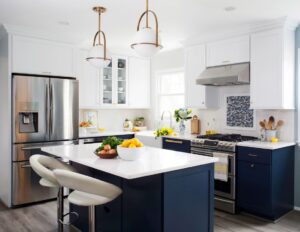
Full Overlay – shilohcabinetry.com
Overlay cabinet doors come in full or partial overlay versions.
Full Overlay: Full overlay doors cover the entire front of the cabinet box. When two overlay cabinets are viewed side-by-side, only a very small portion of the frame is visible, creating a nearly seamless, streamlined look.
Partial Overlay: Partial overlay doors cover only part of the cabinet box front, with a small portion left showing, providing a more traditional cabinet look.
► Inset
Inset cabinet doors fit inside the cabinet face frame openings, giving a full view of the cabinet frame. Typical cabinet doors rest on the outside of the frame. This door style usually requires exposed hinges rather than the typical concealed hinges of other door styles that are included in the cost of the cabinet box. (3)
Door Styles:
► Shaker
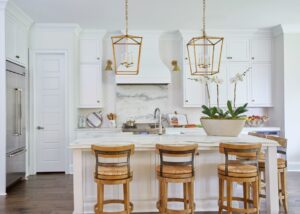
Shaker Cabinets – shilohcabinetry.com
While Shaker furniture dates back to the 18th century, the current surge in popularity of Shaker-style cabinetry has made it a staple of today’s kitchen design. The modern farmhouse aesthetic copied everywhere by disciplines of Joanna Gaines often includes painted white Shaker-style cabinets and a farmhouse sink that seems to tap into some kind of deep nostalgia for a romanticized agrarian past. (4)
Each Shaker-style door has five segments: vertical pieces on the sides called stiles, horizontal pieces on the top and bottom called rails, and a recessed panel in the middle. (5)
- Pros: Shaker has a chameleon-like quality; it’s easy to style your own way. Mix it with a concrete worktop and it becomes a bit industrial; add a wooden worktop and it becomes more country. Because they’re so popular, Shaker cabinets are widely available and can be reasonably priced. (5)
- Cons: You’ll need to clean regularly to prevent dirt from collecting on the inset area. (5)
► Flat Front (5)
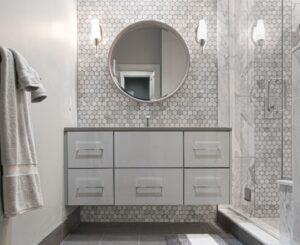
Flat Front – eclipsecabinetry.com
Today’s most accessible kitchen cabinet choice is a slab or flat panel cabinet. Flat-front doors are solid with no panels or other framing. It’s a simple, minimalist look that works well in any modern or contemporary kitchen.
Flat-front doors are generally made from a single piece of plywood or MDF and covered in melamine, laminate or Thermofoil.
- Pros: No cabinet is easier to clean or refinish than one with a flat front. These make an excellent showcase for the hardware you choose (knobs, drawer pulls and the like). Because of their simplicity, flat-front cabinets can be the least expensive, but it all depends on the type of wood used, the finished applied, the hardware, and more.
- Cons: Flat-front cabinets can look a little stark, but you can easily add interest by staining the wood or painting it. (They’re particularly easy to paint.)
► Thermafoil (6)
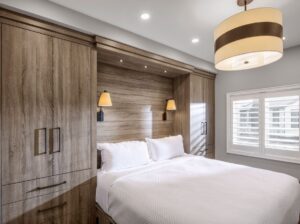
Thermafoil – eclipsecabinetry.com
Thermafoil cabinets have long been a staple of budget kitchen remodels, apartments, condos, and even workshops and hobby rooms. Thermofoil is a thin layer of vinyl that is vacuum-pressed onto cabinet doors and drawer fronts, which are typically constructed of medium-density fiberboard (MDF). The cabinets come only in solid colors and imitation wood grain.
- Pros: Easy to clean and inexpensive to purchase, thermofoil cabinets have long been a staple of budget kitchen remodels, apartments, condos, and even workshops and hobby rooms. They are nonporous and have a smooth, consistent color since the color is “baked into” the vinyl itself.
- Cons: Thermofoil cabinets are perceived as being like the vinyl siding of kitchen and bathroom cabinetry, in the sense that they represent a lower quality, temporary product. Because thermofoil is a thin layer of vinyl, many homeowners report problems with delamination and peeling and chipping at the edges of doors and drawer fronts.
► Glass Front
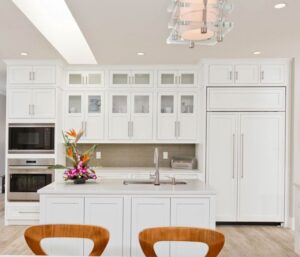
Glass Front – shilohcabinetry.com
Glass front cabinets are often used sparingly in combination with solid cabinets, sometimes backlit for extra drama as showcases for the good china, vintage Champagne flutes, cobalt glass collection or other decorative dishware. But to really lighten up the solid block effect of a wall of cabinets, you can also use glass cabinets in a more deliberate and less precious way. (4)
- Pros: Glass-front cabinets always seem a little more special; they have a lovely reflection, which helps in a darker room, and of course they’re great for displaying items you’re proud of. (5)
- Cons: There’s a downside to the display element: Since whatever’s inside is in open view, you must keep your shelves neat and tidy. Cleaning glass and wood is a two-step process and glass-front cupboards are a little more expensive than wood. (5)
► Mission Style (1)
Mission-style kitchen cabinets feature a distinctive style that includes a mixture of Arts and Crafts, Spanish Mission and American Southwest influences. Defined by minimal angular shapes and unadorned fixtures, mission style is a popular choice for kitchen cabinets because of its simple, elegant design.
- Pros: This type of cabinet is usually made by skilled carpenters because of the unique construction which lends itself to more custom layouts. It’s being made from American White Oak or Cherry, it’s also extremely durable.
- Cons: Because of this emphasis on custom-made cabinetry, creating a Mission-style kitchen design can be costly. Both the cost of the wood and the cost of the labor decrease the likelihood of creating a budget-friendly Mission-style kitchen.
► Beadboard
Love cottage style? It doesn’t get more cottage chic than beadboard. (3) Beadboard (sometimes also called tongue-and-groove) describes a type of construction in which vertical slats are fitted into each other. It’s definitely not for someone trying to achieve a minimal and sleek look; depending on the finish, beadboard can give you a relaxed, cottage-style look with Scandinavian overtones. (5)
Today’s beadboard is often a solid piece of medium-density fiberboard, or MDF, milled to resemble pieces of wood fitted together. (5)
- Pros: Beadboard is available with “boards” in various widths, providing flexibility in terms of its design uses. And, if you do ever tire of your beadboard cabinets, the style is simple enough that replacing the doors can be a fast and easy way to update your kitchen, as long as the cabinets themselves are still in good shape. (5)
- Cons: Beadboard requires careful cleaning, since the grooves can collect dirt and grease. (5)
Talie Jane Interiors offers in-house cabinetry design. We have a myriad cabinetry styles and would love to help you design your new kitchen, bathroom, mud room, laundry room or home office. Contact us at 855-TALIEJANE to learn more.
Sources
1. https://www.hgtv.com/design/remodel/kitchen-remodel/kitchen-cabinet-styles
2. https://www.masterbrand.com/get-started/design-your-room/cabinet-101/cabinet-doors
3. https://www.houzz.com/magazine/popular-cabinet-door-styles-for-kitchens-of-all-kinds-stsetivw-vs~8213488
4. https://www.thespruce.com/basic-kitchen-cabinet-doors-to-buy-1822052
5. https://www.remodelista.com/posts/how-to-choose-cabinet-styles-pros-cons-remodeling-101/
6. https://www.thespruce.com/thermofoil-kitchen-cabinets-3972521
Featured Image:
shilohcabinetry.com
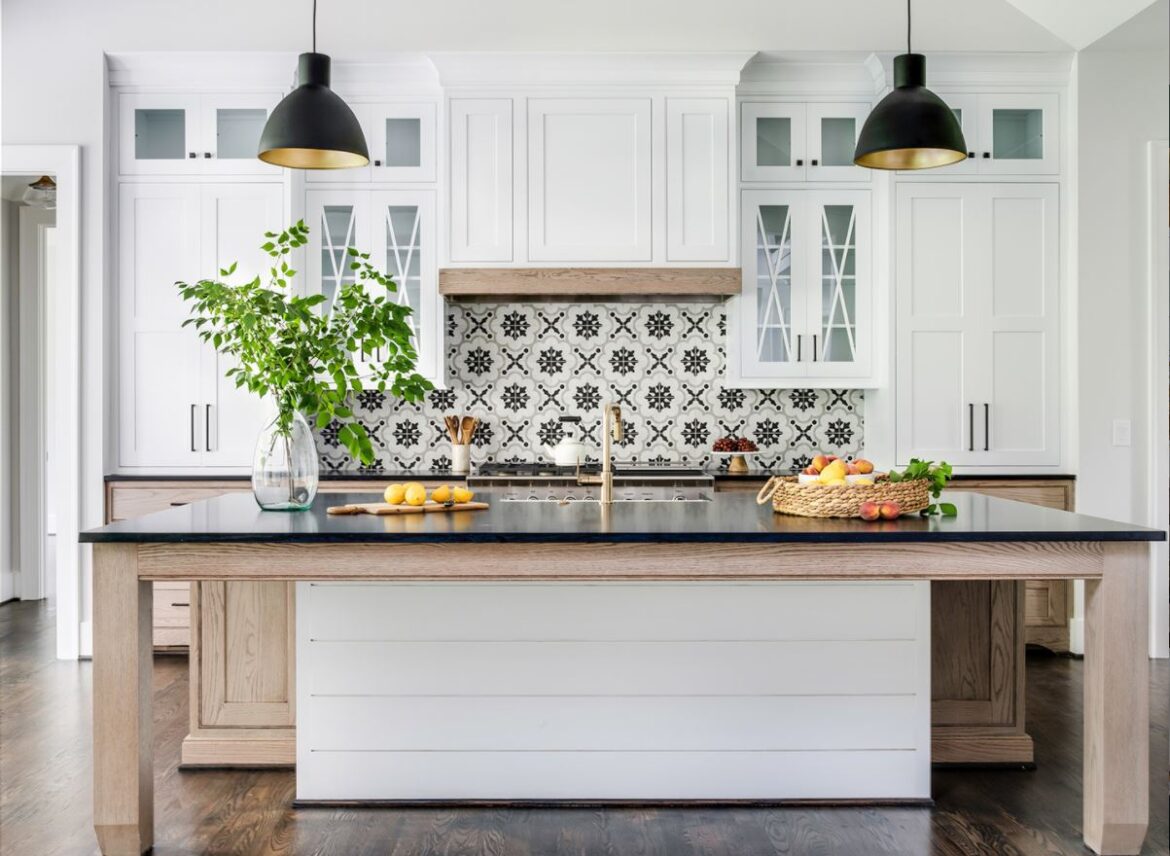
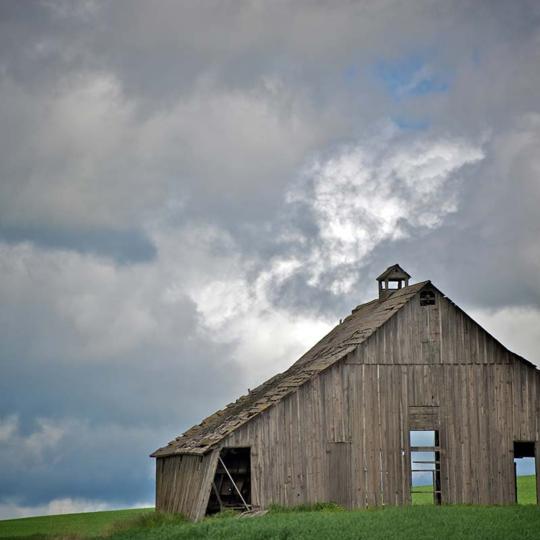
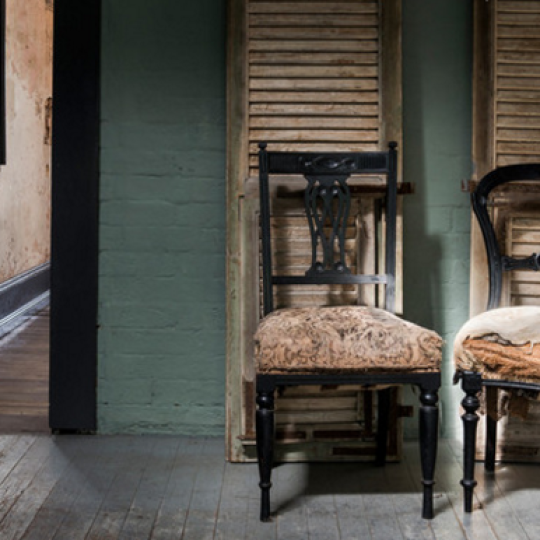
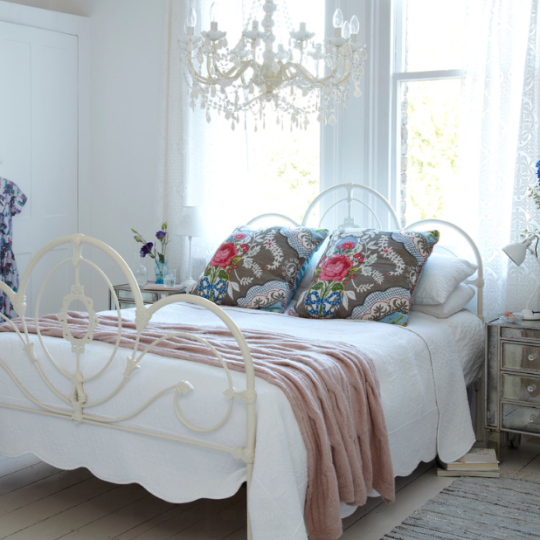





Sorry, the comment form is closed at this time.